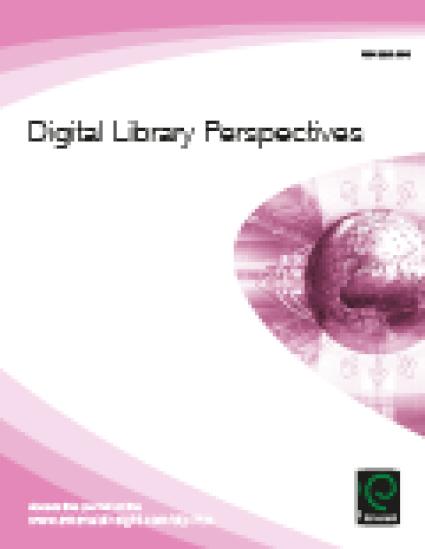
Article
Archival Description and Finding Aids
OCLC Systems & Services
(2002)
Abstract
Archival arrangement and description establish physical and intellectual control over archives and manuscripts, enabling users to find the records they need. Description is the process of analyzing and recording information about these materials. The descriptive tools used to convey this information are called finding aids. In order to find manuscripts and archives when we need them, we must shift our orientation from single documents to groups of materials that can be described collectively. The principle of provenance likewise changes our focus from subject matter to the organic origins of documents, based on the purposes for which they were initially created and used. Archives and manuscripts are unique materials, but they can be organized and described using standards that permit data exchange and access by means of national networks, such as OCLC and RLIN, and through Web sites, using encoded archival description for archival finding aids. Descriptive practices continue to evolve, and improved systems are likely to be developed within the next decade.
Keywords
- Archives,
- Records management,
- Data retrieval,
- Database management,
- Data security
Disciplines
Publication Date
2002
Publisher Statement
Published by MCB UP Ltd DOI: http://dx.doi.org/10.1108/10650750210439331
Citation Information
Randall C. Jimerson. "Archival Description and Finding Aids" OCLC Systems & Services Vol. 18 Iss. 3 (2002) Available at: http://works.bepress.com/randall_jimerson/24/
